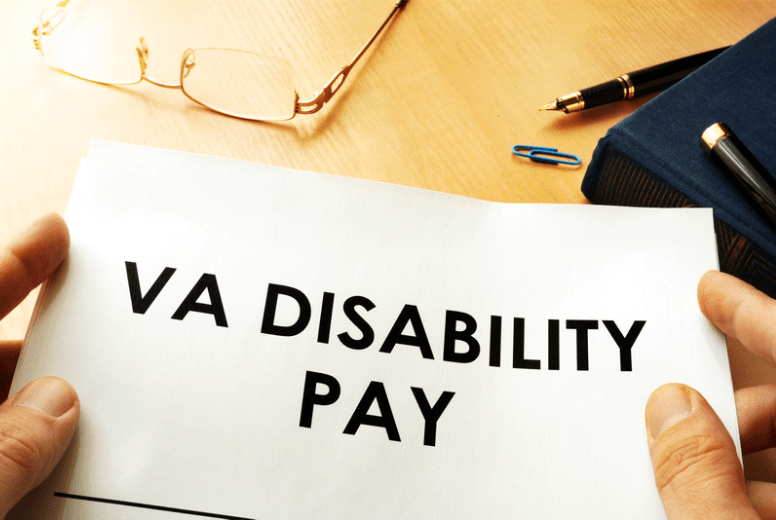If your neck hurts chronically, you should consider whether or not your time in service caused or worsened your neck pain. This article will help you determine if you should claim your neck pain and what rating fits with your pain.
Diagnosis?
“Neck pain” can be caused by numerous conditions. For example, whiplash, pinched nerves, sprains, strains, disk deterioration, disk herniation, cervical spondylosis, or spinal cord damage. However, unlike other types of rated conditions, neck pain does not require a diagnosed condition. You simply have to prove that your pain causes functional impairment.
Service Connection
You didn’t have to be injured in combat to service-connect your neck pain. Service members are exposed to a myriad of scenarios that make them vulnerable to neck injuries. Whether you slipped in the mess hall or fell from a truck, your neck pain is covered as long as it occurred or was aggravated in service. This means that even if you already had neck pain but the severity of your pain worsened during your time in service then, your pain is service-connected.
Tip: If you’re going the aggravation route, it is important to explain in a statement and get records to support the contrast of your pain severity before vs. after service.
Rating
Neck pain ratings are determinant to the extent your pain impacts your ability to function. Raters look to your range of motion measurements to evaluate your rating.
- 40% Unfavorable ankyloses of the entire cervical spine
- 30% Forward flexion of the cervical spine 15 degrees or less; or, favorable ankyloses of the entire cervical spine
- 20% Forward flexion of the cervical spine greater than 15 degrees, but not greater than 30 degrees; or the combined range of motion of the cervical spine not greater than 170 degrees; or muscle spasm or guarding severe enough to result in an abnormal gait or abnormal spinal contour such as scoliosis, reversed lordosis, or abnormal kyphosis
- 10% Forward flexion of the cervical spine greater than 30 degrees but not greater than 40; or, combined range of motion of the cervical spine greater than 170 degrees but not greater than 335 degrees; or, muscle spasm, guarding, or localized tenderness not resulting in abnormal gait or abnormal spinal contour; or, vertebral body fracture with loss of 50 percent or more height
Total Disability Individual Unemployability
If your neck pain makes it difficult to work you may be entitled to TDIU benefits. Veterans who are eligible for TDIU are entitled to 100% monthly compensation.
If you think you may be eligible for neck pain and or TDIU compensation, call or chat with us online. Veterans Help Group has been assisting veterans get the benefits they deserve since 1995, let our experienced advocate help you thought this process.

How to Apply for VA Disability Compensation
It's one thing to know how to apply for VA disability compensation. It's another to understand the...

What is the VA DBQ?
What is the VA DBQ? A VA Disability Benefits Questionnaire (DBQ) is a form used to convey...

Most Commonly Approved VA Disability Claims
Most Commonly Approved VA Disability Claims Veterans receive VA disability benefits for a wide...





